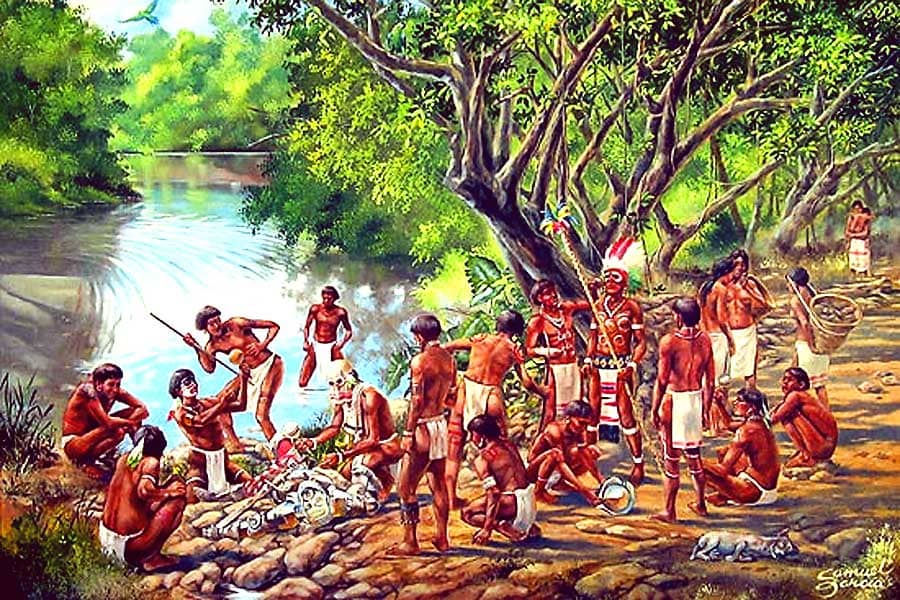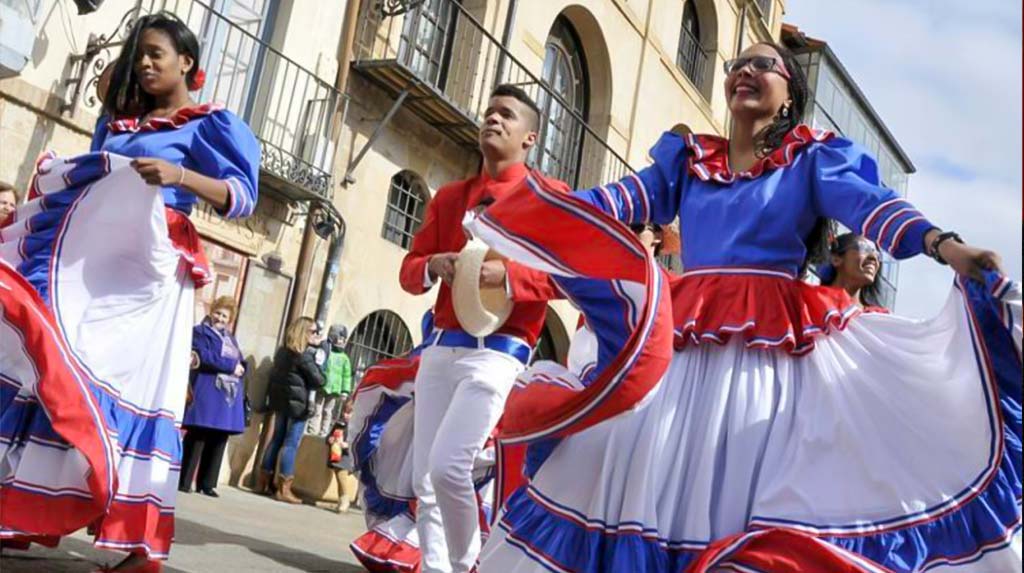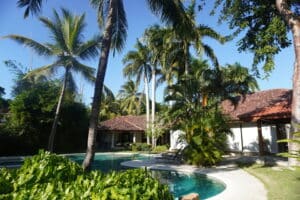Table of Contents
Introduction
Welcome to the about Dominican Republic page, A vibrant Caribbean nation known for its sun-soaked beaches, captivating history, and rich cultural heritage. In this article, we will explore everything that makes the Dominican Republic a fascinating and unique place, including its geography, history, culture, and economy. So, let’s dive in and discover this tropical paradise about Dominican Republic.
Geography: About Dominican Republic
Location
The Dominican Republic shares the island of Hispaniola with Haiti, making it the second-largest Caribbean nation in terms of area. It is nestled between the Atlantic Ocean to the north and the Caribbean Sea to the south, with the Mona Passage to the east, separating it from Puerto Rico.

Climate
Boasting a tropical climate, the Dominican Republic experiences warm temperatures throughout the year, with average highs ranging between 80 and 90°F (27 and 32°C). The weather is generally divided into a wet season (May to November) and a dry season (December to April).
Landscapes
The Dominican Republic’s diverse landscape includes lush rainforests, high mountains, and pristine beaches. The country is home to the tallest peak in the Caribbean, Pico Duarte, which stands at 10,128 feet (3,087 meters). Additionally, there are numerous rivers, lakes, and waterfalls that contribute to its breathtaking scenery.
History: About Dominican Republic
The Taínos
The Taíno people were the original inhabitants of Hispaniola, dating back to around 1200 AD. They lived in small villages and relied on agriculture, hunting, and fishing for sustenance. The Taínos had a rich culture, including intricate art, music, and religious beliefs.

Spanish colonization
In 1492, Christopher Columbus arrived in Hispaniola, marking the beginning of the Spanish colonization of the island. The Spanish colonizers enslaved the Taíno population and forced them to work on plantations. Over time, European diseases and harsh working conditions decimated the Taínos, leading to the importation of African slaves.
Independence and formation of the Dominican Republic
After a series of revolutions and political changes, the Dominican Republic declared its independence from Spain in 1821. However, it faced several challenges, including a brief return to Spanish rule and a period of Haitian occupation. Finally, in 1844, the Dominican Republic gained its lasting independence, led by national hero Juan Pablo Duarte.

Culture: About Dominican Republic
Languages
Spanish is the official language of the Dominican Republic, spoken by nearly all its residents. However, you may also hear other languages, such as Haitian Creole, due to the presence of Haitian immigrants in the country.
Religion
The majority of Dominicans practice Roman Catholicism, which is deeply ingrained in the country’s history and culture. However, there is also a growing number of Protestants and other religious groups, reflecting the country’s diversity.
Music and dance
Dominican music and dance are an integral part of the country’s culture, with genres like merengue, bachata, and salsa being popular among locals and visitors alike. Merengue is the national dance, characterized by lively rhythms and energetic movements. Bachata, which originated in the Dominican Republic, has gained international recognition and is known for its sensual and romantic style.

Cuisine
Dominican cuisine is a flavorful fusion of Spanish, African, and Taíno influences. Staple ingredients include rice, beans, plantains, and various meats, such as pork, chicken, and fish. Popular dishes include la bandera (rice, beans, and meat), sancocho (a hearty stew), and mangu (mashed plantains). Sweet treats like flan and tres leches cake are also widely enjoyed.
Economy: About Dominican Republic
Tourism
Tourism is a significant contributor to the Dominican Republic’s economy, with millions of visitors flocking to its picturesque beaches, all-inclusive resorts, and historical sites each year. The country’s natural beauty, coupled with its rich cultural heritage, make it an attractive destination for travelers from around the world.
Agriculture: About Dominican Republic
The agricultural sector plays a vital role in the Dominican Republic’s economy. Sugar, coffee, cocoa, and tobacco are the country’s primary exports, while crops like bananas, rice, and beans support local consumption. The fertile soil and favorable climate allow for diverse and abundant harvests.
Industry: About Dominican Republic
While not as prominent as tourism and agriculture, the industrial sector also contributes to the Dominican Republic’s economy. Manufacturing, particularly in textiles and clothing, is a growing industry, with exports destined for the United States and other international markets. The country also has a burgeoning mining industry, focused primarily on gold, silver, and nickel.
Conclusion: About Dominican Republic
The Dominican Republic is a captivating Caribbean nation, boasting a rich history, diverse culture, and stunning natural beauty. Whether you’re interested in exploring its colonial past, dancing the night away to merengue and bachata, or simply soaking up the sun on its pristine beaches, the Dominican Republic offers something for everyone.
FAQs
What currency is used in the Dominican Republic? The Dominican Peso (DOP) is the official currency of the country.
Do I need a visa to visit the Dominican Republic? Visa requirements depend on your nationality. Many visitors, including those from the United States, Canada, and the European Union, can enter the country with a valid passport and a tourist card, which can be obtained upon arrival.
Is the Dominican Republic safe for tourists? While the country is generally safe for tourists, it’s essential to exercise common sense and take precautions, such as not leaving valuables unattended and avoiding poorly lit areas at night.
What is the best time to visit the Dominican Republic? The ideal time to visit is during the dry season (December to April), when the weather is pleasant and there’s less rainfall.
What is the national sport of the Dominican Republic? Baseball is the national sport, and it’s incredibly popular among Dominicans, with many talented players making their way to Major League Baseball in the United States.





